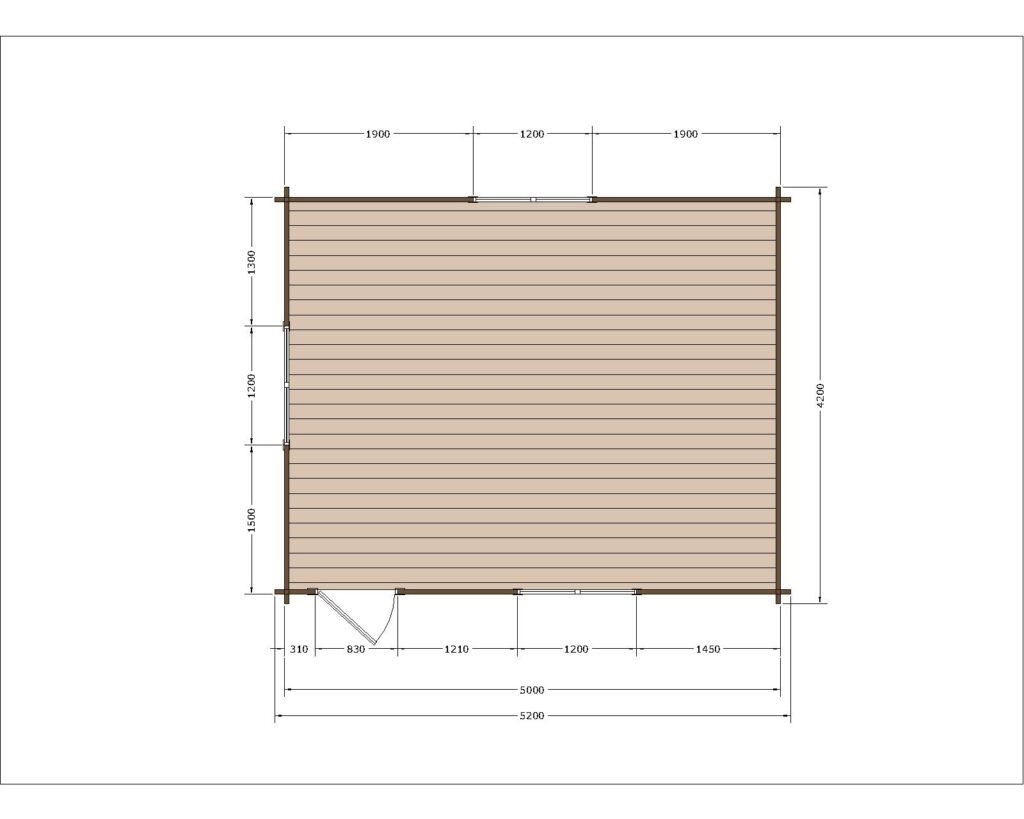
How to Protect Glulam During Construction

Glulam is the go-to material for bridges and elevated walkways across British Columbia. Additionally, its natural warm aesthetic makes it increasingly popular.
Glulam is an engineered wood product composed of lamellas that have been secured together using moisture resistant adhesives to form a stress-rated engineered wood product, capable of accommodating straight or curved members.
Moisture Control
Moisture control is essential to protecting glulam during construction. Like all wood, glulam will expand and contract as its moisture content changes over time, which may result in checking at beam ends. While manufacturers cannot guarantee against seasoning checks occurring, they can mitigate damage risk by scheduling deliveries away from jobsite storage areas, protecting against temperature extremes, and controlling in-service environment conditions.
Glulam panels and beams leave factories covered in lumber wrap to safeguard them against dirt and weather during transit, yet upon reaching construction sites it should be promptly removed in order to avoid moisture trapping that could lead to swelling and mold growth. Loose sheet lumber wrap could create a wind tunnel effect, leading to high air velocity around the wood that could increase swelling or mold growth further.
Moisture exposure typically causes cosmetic rather than structural damage that is easily repairable. With regards to glulam panels, this usually entails sanding and refinishing the affected area; in more serious instances the wood may require being soaked to rid of excess moisture; this process can be completed using tools such as brooms, squeegees, fans, perimeter barriers or tarps in order to prevent water pools forming in them.
Staining
Staining can be an effective way of protecting glulam from moisture damage and weather-induced degradation, while keeping glue dry and preventing rotting. However, it is important to be mindful of your aesthetic expectations for this project, as staining can become noticeable and may hinder the look of the project.
No matter how diligent manufacturers may be in their production processes, it is impossible to guarantee that a glulam member will not experience checking during construction. This may depend on regional climate conditions, handling at distribution yards and jobsite storage conditions during installation as well as in-service environment afterward. Taking measures such as using end sealers, coordinating construction schedules to minimize jobsite storage space needs or guarding against direct moisture exposure can all help decrease the likelihood of checking occurring.
Sealing
Glulam is a natural material, so it requires care from its arrival at the mill until its use in construction projects. Over time, glulam may develop seasoning checks – small cracks at the ends of boards caused by drying processes – as its moisture content balances itself out over time. Their severity depends on factors like initial moisture level, handling/storage facilities used in distribution facilities, construction schedule, jobsite storage conditions and regional climate conditions. One way to minimize checking is applying end sealer prior to delivery/installation as this helps minimize weather-related damage while water-resistant sealants can help minimize damages from rain/wind during construction projects.
Painting
Utilizing glulam can add a warm, natural aesthetic to your project, but as it is made from natural material it is vital that care be taken during construction to ensure the finished product looks its best and prevent damage and keep looking new for as long as possible.
Seasoning checks may occur due to various sources, including distribution yards, jobsite storage facilities, construction schedules and regional climate conditions. You can reduce the risk of checks by coordinating delivery schedules to avoid jobsite storage where possible; protecting members against direct heating outlet exposure; and sealing glulam members prior to installation.